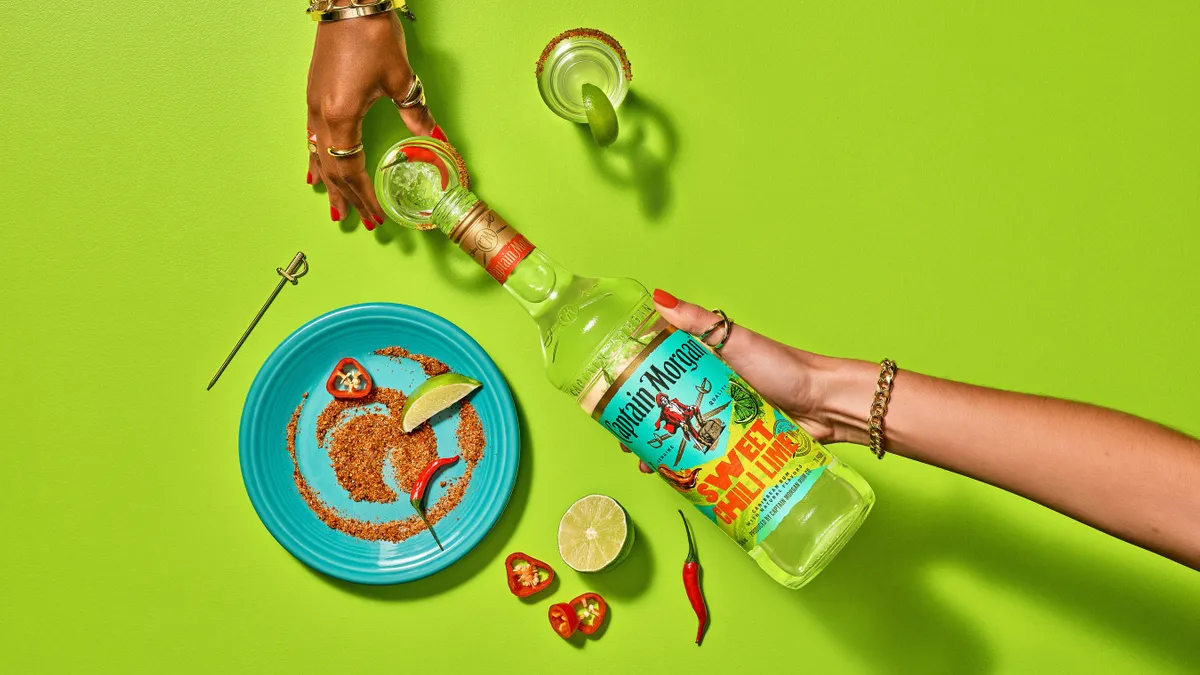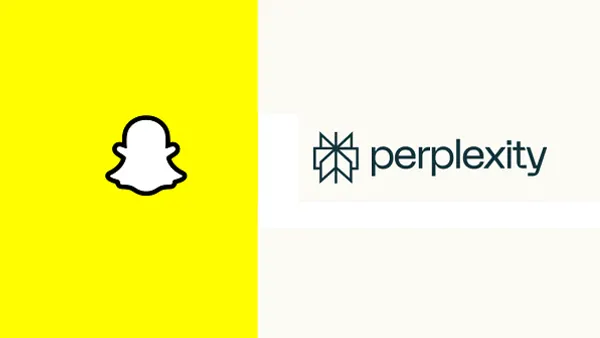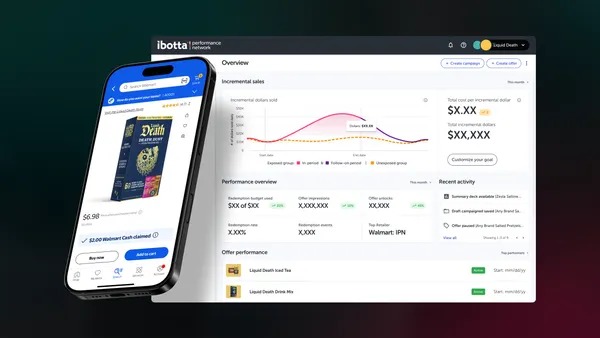Dive Brief:
-
Snap, the parent company of Snapchat that went public in March at $17 a share, was downgraded yesterday by Morgan Stanley, the investment bank that led the mobile messaging company’s stock offering, Reuters reported. Its stock analysts cut their recommendation on Snap to a neutral from a buy, and reduced their 12-month price target to $16 from $28. The stock could drop to $7 in a worst-case scenario.
-
Brian Nowak, an analyst at Morgan Stanley, wrote that the bank was wrong about Snap's ability to improve the scalability, targeting and measurability of its ad product and user monetization this year, per Business Insider. As a result, the platform is still trying to move beyond gaining experimental ad buys from brands into larger ad allocations and grab business away from competitors like Facebook. Improvements in these areas would improve the outlook for Snap.
-
Snap's stock value has fallen 35% since opening for trading. Shares dropped below Morgan Stanley's price target briefly on Tuesday, but are currently trading around $16. Morgan Stanley was estimated to have earned about $26 million in fees from Snap’s $3.4 billion IPO.
Dive Insight:
The Wall Street hype machine has had its share of tech IPO misfires since the days of the dot-com bubble, and the enthusiasm for Snap’s stock has worn off quickly as investors weigh the possibility that the Federal Reserve will keep raising interest rates, cutting off the supply of cheap money to chase risky startups and junk-rated companies. Perhaps Snap can turn things around — after all, Facebook fell from its IPO price of $38 to less than $20 within a few months, but has steadily risen to about $155 in the past five years. If not, Snap may resemble other also-rans like Twitter, FitBit or GoPro.
Morgan Stanley listed several reasons for disappointment in Snap, starting with poor ad completion rates. Snapchat was appealing for marketers that wanted to place their ads in between content created by its users, making it feel more personal than other social media platforms. Snap also promised access to the millennial consumer bracket that was shunning other media like TV. Completion rates for ads have been lower than expected, Morgan Stanley said, making advertisers turn to Instagram and Facebook that offer higher completion rates.
Advertisers also are seeing a lower return on investment on Snapchat than on rival platforms, according to Morgan Stanley. This limitation prevents advertisers from boosting their budgets on the platform. Snapchat also has been slower to roll out an automated bidding platform for brands that want to buy ad space on the app. Morgan Stanley’s Nowak forecast that the technology won’t be fully operational until the end of 2017 or early 2018.
Finally, Snap faces greater competition from services with bigger audiences. Snap has an estimated 166 million users, compared with Facebook's 2 billion and Instagram's 700 million. Facebook and Instagram have copied features of Snapchat quickly. Those features include Snapchat’s stories feature and sponsored lenses that make up 50% of Snap’s revenue. Facebook-owned Instagram has offered free lenses to advertisers, Nowak said.












